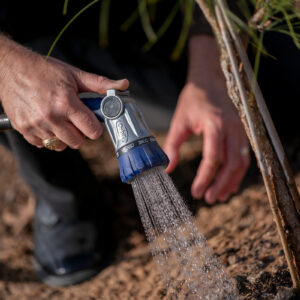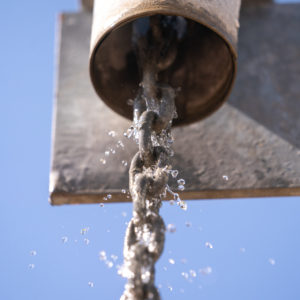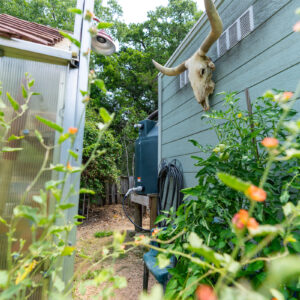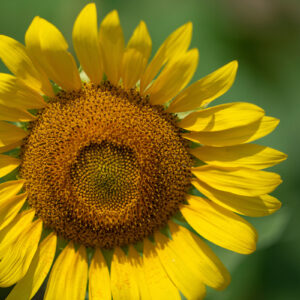This website presents a practical approach involving the use of multiple methods to manage insect pests of sorghum, Sorghum bicolor (L.) Moench. The approach emphasizes ways to avoid and prevent damaging insect pest infestations, and estimate insect abundance and evaluate severity of damage to determine when remedial action with insecticide is justified. Insect pests (including color plates), their biologies, and natures and symptoms of damage are described.
This information assists in the proper identification of the insect, explains how the insect lives and causes damage, and describes symptoms of damage. In other words, information in this chapter provides the “tools for decision making” regarding insects that infest sorghum. Information on insect pests of stored sorghum or natural enemies attacking sorghum insect pests is not necessarily specific to sorghum. Insect pests in the United States are more thoroughly covered than are those from other areas of the world.
Modern sorghum is a product of human ingenuity. It has been domesticated and changed to meet human needs. The crop grows well as landrace varieties by using primitive cultivation in small, subsistence plots or as hybrids by using the most modern production practices and equipment in vast monocultures. Commonly, sorghum is grown in areas too hot and too dry to produce other crops such as maize, Zea mays L. Sorghum is known for its production reliability. But, this crop may be infested by an array of insect species and a few species of spider mites, several of which frequently threaten yield. Some insect pests infest and damage sorghum at about any plant growth stage while others cause economic damage only at specific plant growth stages (Figure 1).
Most insect species infesting sorghum are distributed widely, are not host specific, and did not coevolve with sorghum. In sorghum agroecosystems, one or two key insect pests such as greenbug, Schizaphis graminum (Rondani), sorghum midge, Stenodiplosis sorghicola (Coquillett), shoot fly, Atherigona soccata (Rondani), or several stalk-boring species occur perennially and dominate control practices. Several species such as Banks grass mite, Oligonychus pratensis (Banks), or corn earworm, Helicoverpa zea (Boddie), are secondary or induced pests that become injurious as a result of insecticides applied for a key pest.
Most other insects that infest sorghum are occasional pests that cause economic damage only in localized areas or only during some years. Occasional insect pests include wireworms, families Elateridae and Tenebrionidae; white grubs, Phyllophaga spp.; cutworms, family Noctuidae; aphids, family Aphididae; leaf- and panicle-feeding caterpillars, family Noctuidae; stalk-borers, family Pyralidae; and leaf- and panicle-feeding bugs, order Hemiptera.




